
Explore Divine Destinations with the Char Dham Yatra Package by Car
Embark on a sacred journey with the Char Dham Yatra Package by car, offering the freedom and comfort to explore India’s most revered pilgrimage sites: Badrinath, Kedarnath, Gangotri, and Yamunotri. Traveling by car not only provides flexibility but also allows you to fully experience the breathtaking landscapes of the Himalayas at your own pace.
This package ensures a hassle-free experience with well-maintained vehicles, professional drivers, and personalized itineraries. Whether you’re traveling with family or friends, the car option allows you to stop at scenic viewpoints, local temples, and hidden gems along the route, making the journey as memorable as the destinations themselves. The sacred sites each hold deep spiritual significance: Badrinath is devoted to Lord Vishnu, Kedarnath to Lord Shiva, while Gangotri and Yamunotri mark the origins of the sacred Ganga and Yamuna rivers.
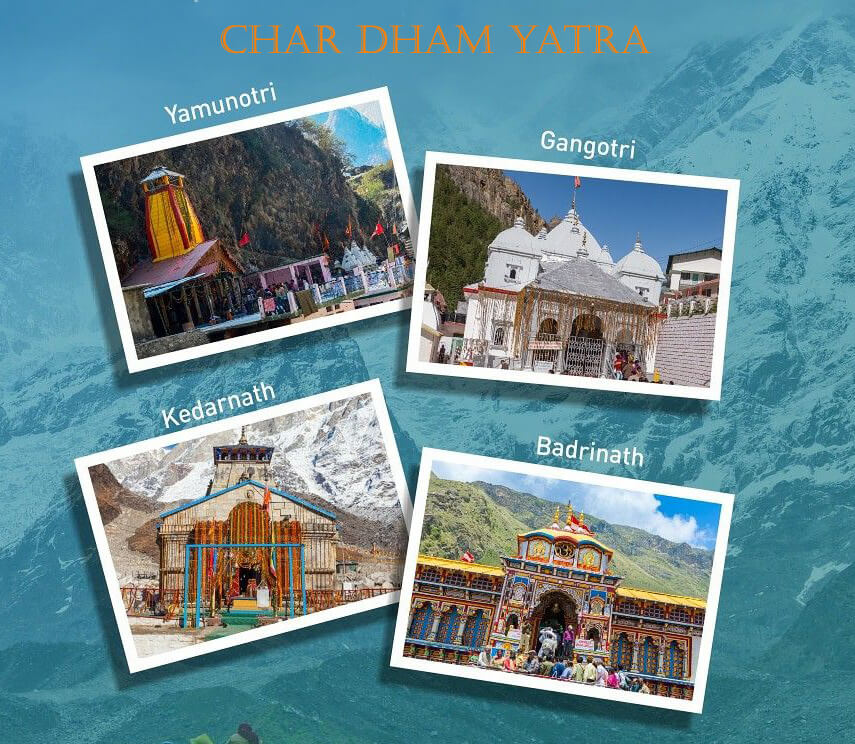
The Char Dham Yatra Package by car offers a personalized and comfortable pilgrimage, with accommodations and other facilities arranged to suit your preferences. This journey promises not only spiritual fulfillment but also an intimate connection with nature, as you traverse the beautiful, serene landscapes on your path to divine discovery.
The Char Dham Yatra, one of the most revered pilgrimages in Hinduism, takes you through the sacred shrines of Yamunotri, Gangotri, Kedarnath, and Badrinath. Located in the majestic Himalayas, this pilgrimage offers a spiritual journey amidst breathtaking landscapes and serene environments. For many devotees, traveling by car offers a more personalized and flexible experience, allowing them to enjoy the journey at their own pace. In this comprehensive guide, we’ll explore the benefits of opting for a Char Dham Yatra package by car, tips for planning your trip, and essential information to make your journey unforgettable.
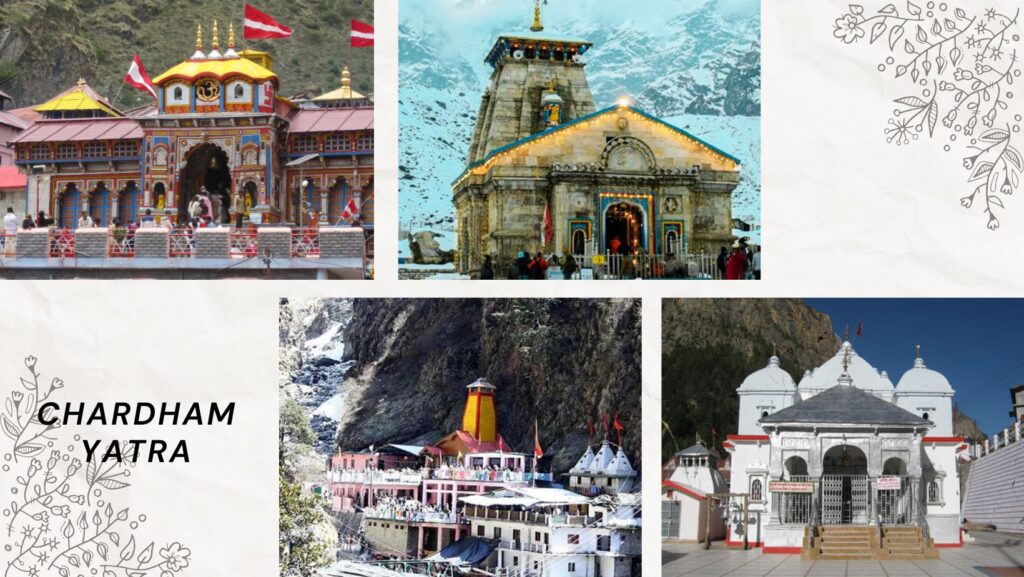
Why Choose a Char Dham Yatra Package by Car?
Choosing a Char Dham Yatra package by car has several advantages:
1. Flexibility and Freedom
Traveling by car provides the flexibility to modify your itinerary based on your preferences. You can choose your stops, take breaks whenever needed, and explore offbeat destinations that may not be covered in traditional tour packages.
2. Comfort and Convenience
Car travel offers a level of comfort that is often unmatched by public transportation. With a private vehicle, you can enjoy a more relaxed journey, with the ability to carry your personal belongings and make impromptu stops.
3. Personalized Experience
A car allows for a more personalized experience, where you can travel with family or friends in a private space. This personal touch can enhance the spiritual and emotional aspects of the journey.
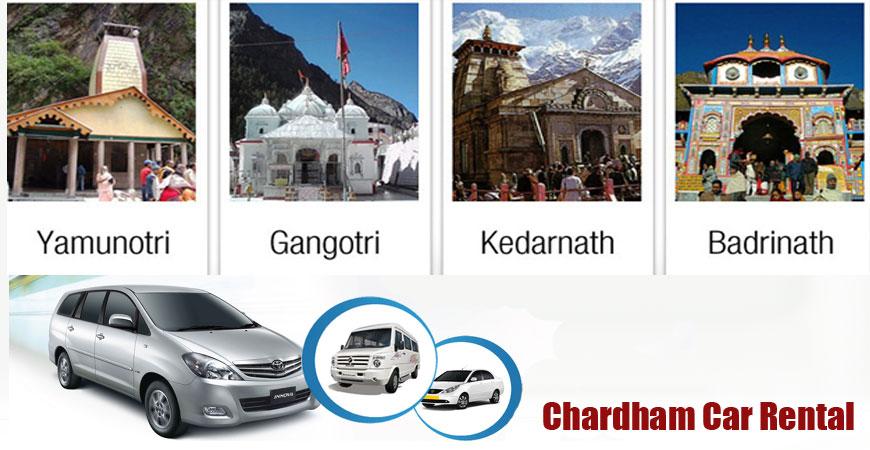
Planning Your Char Dham Yatra by Car
1. Choose the Right Vehicle
Selecting the right vehicle is crucial for a comfortable journey. Depending on the size of your group and your budget, you can opt for a compact car, an SUV, or a luxury vehicle. Ensure that the vehicle is well-maintained and suitable for mountainous terrain.
2. Route Planning
Planning your route is essential for a smooth journey. The Char Dham Yatra involves traveling through hilly and challenging terrains, so it’s important to have a well-defined route. A typical route may include:
- Day 1-2: Delhi to Haridwar/Rishikesh
- Day 3-4: Haridwar/Rishikesh to Yamunotri
- Day 5-6: Yamunotri to Gangotri
- Day 7-8: Gangotri to Kedarnath
- Day 9-10: Kedarnath to Badrinath
- Day 11-12: Badrinath to Haridwar/Rishikesh to Delhi
3. Accommodation and Booking
Book your accommodation in advance, especially during peak seasons. There are various options ranging from budget hotels to luxury resorts near the Char Dham shrines. Ensure that your accommodation is comfortable and offers essential amenities.
4. Permits and Documentation
Ensure you have all the necessary permits and documentation. Some regions may require special permits for travel. Keep your ID proofs, vehicle registration, and insurance documents handy.
What to Pack for Your Char Dham Yatra by Car
1. Clothing
Pack warm clothing as temperatures in the Himalayan region can drop significantly, even in summer. Include thermal wear, woolen socks, gloves, and a sturdy jacket.
2. Travel Essentials
Carry a first-aid kit, necessary medications, sunscreen, and insect repellent. Include snacks and water for the journey, as facilities may be limited in remote areas.
3. Spiritual Items
If you’re traveling for religious purposes, bring along items like pooja thalis, prayer beads, and books for spiritual reading.
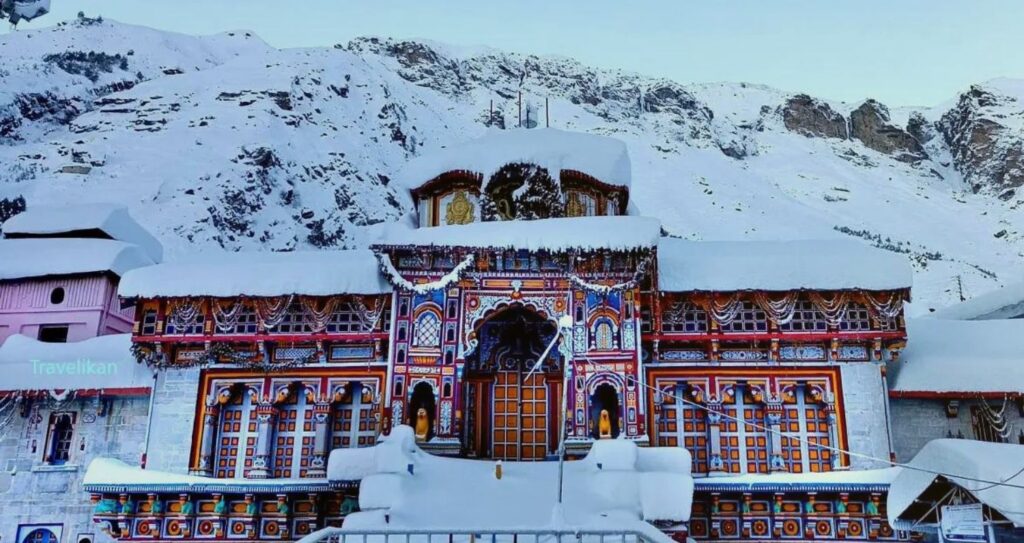
Tips for a Smooth Char Dham Yatra by Car
1. Vehicle Preparation
Ensure your vehicle is in excellent condition before the journey. Have it serviced, check the brakes, tires, and engine, and carry spare parts and tools.
2. Driving Skills
Driving in mountainous regions requires specific skills. If you’re not experienced, consider hiring a local driver familiar with the terrain. Be cautious of sharp turns, steep inclines, and unpredictable weather conditions.
3. Health and Safety
Altitude sickness can be a concern in higher regions. Acclimatize yourself and your companions gradually. Drink plenty of water, avoid heavy meals, and take necessary precautions to avoid altitude sickness.
4. Respect Local Customs
Respect the local customs and traditions of the regions you visit. Maintain cleanliness around religious sites and follow any guidelines provided by local authorities.
Essential Attractions and Stops Along the Way
1. Haridwar/Rishikesh
- Har Ki Pauri: A sacred ghat on the banks of the Ganges River.
- Rishikesh: Known for its yoga centers and scenic beauty, perfect for a spiritual retreat.
2. Yamunotri
- Yamunotri Temple: Dedicated to Goddess Yamuna, the source of the Yamuna River.
- Surya Kund: A hot spring near the temple.
3. Gangotri
- Gangotri Temple: Dedicated to Goddess Ganga, marking the source of the Ganges River.
- Bhairon Ghati: A sacred spot near Gangotri Temple.
4. Kedarnath
- Kedarnath Temple: An ancient temple dedicated to Lord Shiva, situated at a high altitude.
- Mandakini River: Flowing nearby, adding to the scenic beauty.
5. Badrinath
- Badrinath Temple: Dedicated to Lord Vishnu, located in a picturesque setting.
- Tapt Kund: A natural hot spring where pilgrims bathe before visiting the temple.
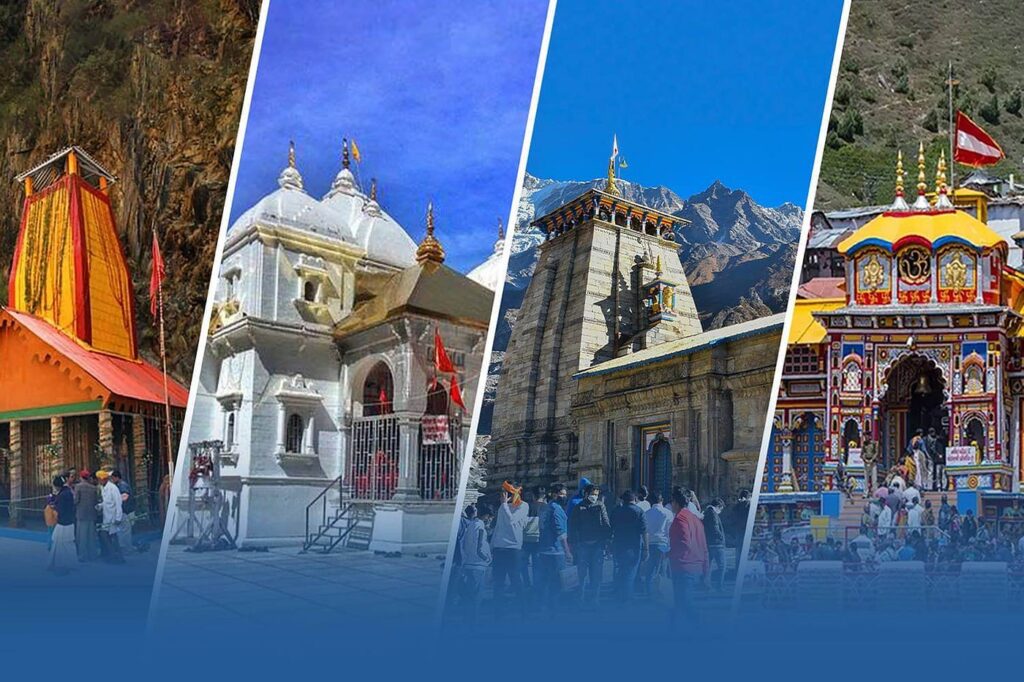
The Char Dham Yatra is one of the most revered pilgrimage circuits in Hinduism. Nestled in the serene landscapes of Uttarakhand, this sacred journey comprises four significant shrines: Yamunotri, Gangotri, Kedarnath, and Badrinath. Each of these destinations holds immense spiritual significance and is believed to offer divine blessings and liberation to the devotees. Undertaking the Char Dham Yatra is not just a religious journey but a transformative experience that connects one with the divine essence of the Himalayas.
1. Yamunotri: The Source of the Sacred River
Yamunotri, the first stop on the Char Dham Yatra, is dedicated to the goddess Yamuna. Located at an altitude of 3,293 meters (10,800 feet), it is the source of the Yamuna River, which is considered one of the seven holy rivers of India. The temple of Yamunotri is situated amidst picturesque snow-capped peaks and lush green valleys.
Significance: Pilgrims believe that a dip in the Yamuna River or the nearby thermal springs can cleanse them of sins and bestow longevity. The thermal springs, known as the Surya Kund and Gauri Kund, are renowned for their therapeutic properties.
How to Reach: The journey to Yamunotri begins from the town of Hanuman Chatti or Janki Chatti. From there, devotees can either trek or hire ponies to reach the Yamunotri temple. The trek is approximately 5-6 kilometers and offers breathtaking views of the surrounding landscapes.
2. Gangotri: The Abode of the Ganga
Gangotri, the second destination, is the source of the holy Ganges River. This sacred site is situated at an altitude of 3,048 meters (10,000 feet) and is surrounded by majestic mountains and dense forests. The Gangotri temple, dedicated to the goddess Ganga, is an architectural marvel and a focal point for pilgrims.
Significance: The Ganges is considered the holiest river in Hinduism, and a pilgrimage to Gangotri is believed to absolve one of all sins. The site is also associated with the legend of King Bhagirath, who brought the river to Earth to purify the ashes of his ancestors.
How to Reach: Gangotri is accessible by road from the town of Uttarkashi. The journey involves a drive of about 100 kilometers, followed by a short trek to the temple. The scenic beauty and tranquility of the region make the journey an enriching experience.
3. Kedarnath: The Sacred Shrine of Shiva
Kedarnath, located at an elevation of 3,583 meters (11,755 feet), is one of the twelve Jyotirlingas dedicated to Lord Shiva. It is set against the backdrop of the snow-clad Kedarnath Peak, making it a mesmerizing sight for visitors. The Kedarnath temple is a significant pilgrimage site and holds a special place in the hearts of devotees.
Significance: The Kedarnath shrine is believed to be the place where Lord Shiva appeared to the Pandavas during the Mahabharata. It is said that worshipping here can absolve one of all sins and grant salvation. The temple is also famous for its intricate carvings and ancient architecture.
How to Reach: Kedarnath is accessible by a trek of approximately 16 kilometers from Gaurikund. The trek is challenging but offers breathtaking views of the Himalayas and the Kedarnath Valley. Helicopter services are also available for those seeking a quicker and more comfortable journey.
4. Badrinath: The Divine Abode of Vishnu
Badrinath, the final stop of the Char Dham Yatra, is dedicated to Lord Vishnu and is situated at an altitude of 3,133 meters (10,279 feet). The Badrinath temple is one of the Char Dham’s most revered shrines and is set against the stunning backdrop of the Nar and Narayan peaks.
Significance: Badrinath is believed to be the place where Lord Vishnu meditated in the form of a Badri tree, which is why the temple is also known as the “Badri Vishal” shrine. Pilgrims believe that visiting Badrinath and offering prayers here can lead to liberation and eternal bliss.
How to Reach: Badrinath is accessible by road from the town of Joshimath. The journey involves a scenic drive of about 60 kilometers, followed by a visit to the temple. The region is known for its spiritual atmosphere and serene surroundings.
Travel Tips for the Char Dham Yatra
- Best Time to Visit: The Char Dham Yatra is best undertaken between May and October, as the temples remain open and the weather is conducive for travel. The pilgrimage is often closed during the winter months due to heavy snowfall.
- Physical Fitness: The journey involves trekking and high altitudes, so it’s essential to be physically fit and acclimatized. Prepare yourself with regular exercise and consult a physician if necessary.
- Permits and Registrations: Obtain necessary permits and register with the local authorities or pilgrimage organizations before embarking on the journey.
- Accommodation and Food: Accommodation options range from budget lodges to guesthouses. It’s advisable to book in advance and carry necessary supplies, including food and medicines.
- Respect the Environment: The Char Dham regions are ecologically sensitive. Follow guidelines, avoid littering, and respect the local customs and traditions.

Conclusion
The Char Dham Yatra by car offers a unique blend of flexibility, comfort, and personalization, making it an ideal choice for many travelers seeking a spiritual journey through the Himalayas. By carefully planning your route, preparing your vehicle, and packing the right essentials, you can ensure a memorable and smooth pilgrimage. Embrace the stunning landscapes, rich spiritual heritage, and the divine blessings of the Char Dhams as you embark on this extraordinary journey.
Whether you’re a seasoned traveler or embarking on your first pilgrimage, a Char Dham Yatra by car is sure to be an enriching experience that you will cherish for years to come.
If you Want to Trek Chopta(Tungnath Chandrashila Deoria tal) Then Click it








Leave a Reply